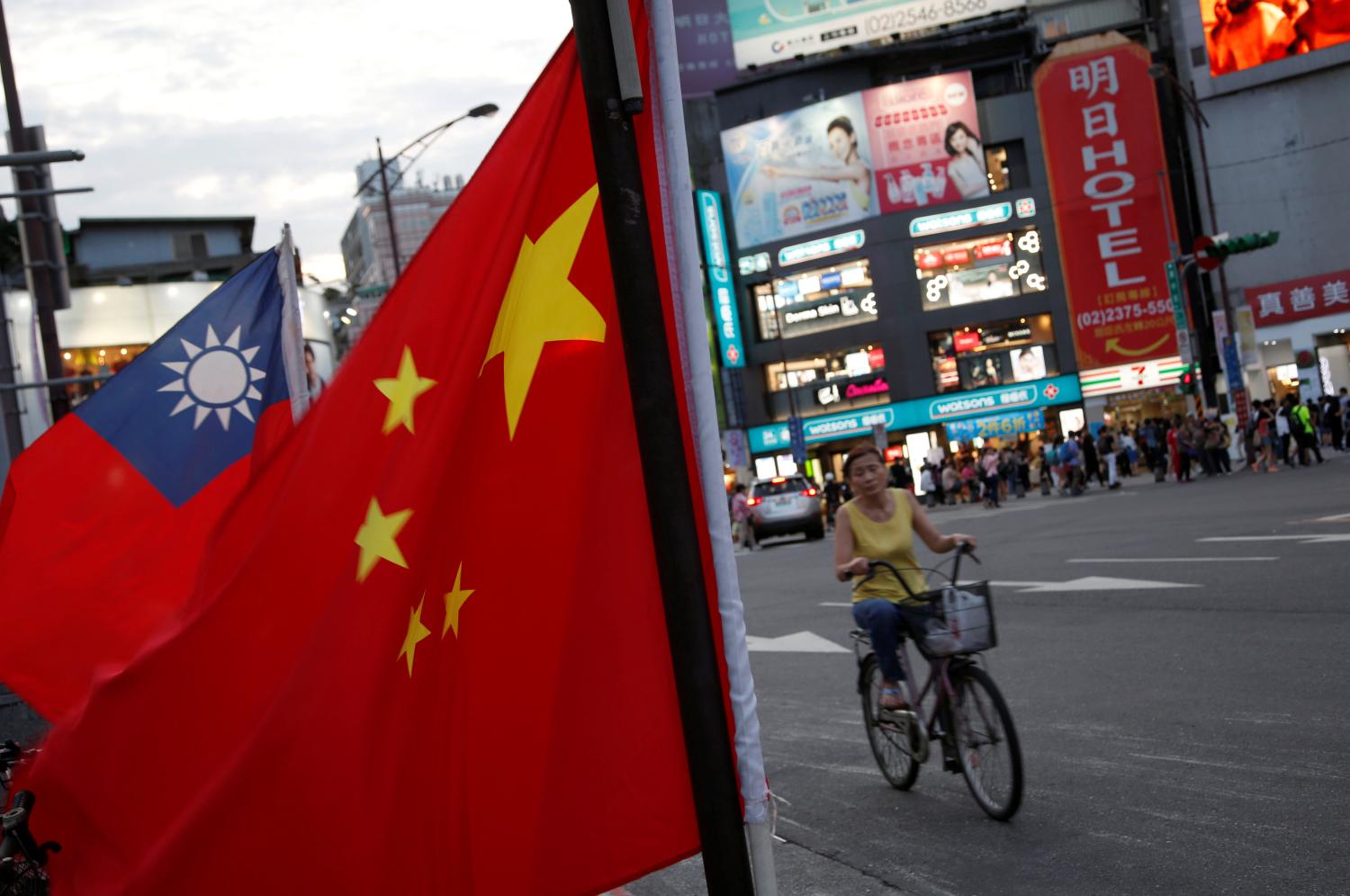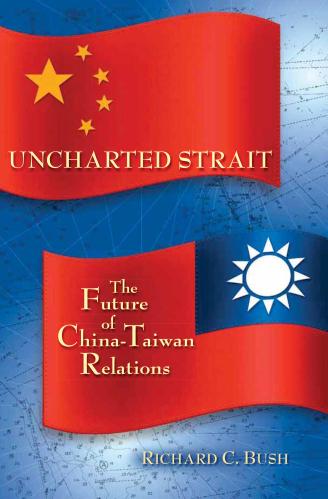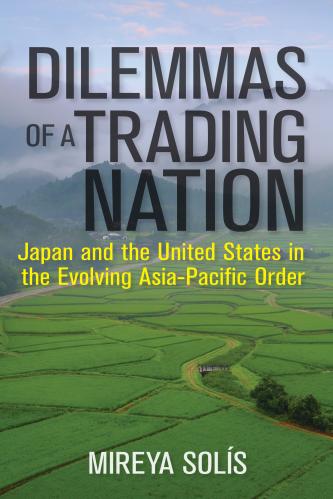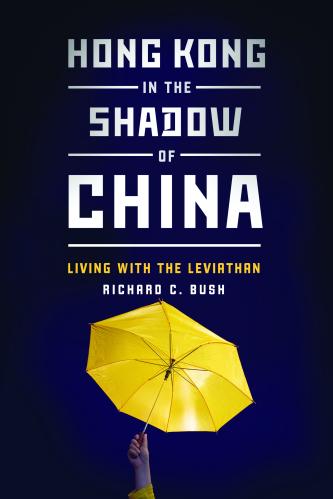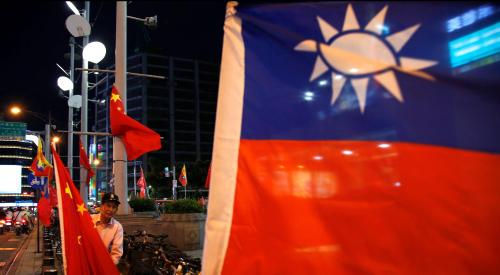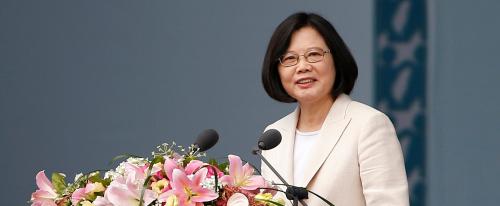It was Donald J. Trump who inspired me to write this essay. On December 2, 2016, 25 days after his surprise election to the presidency, he took a congratulatory phone call from Taiwan’s president Tsai Ing-wen. This was the first time to anyone’s knowledge that a U.S. president or president-elect had spoken to his counterpart in Taiwan, and questions quickly arose whether Trump had violated the One-China policy governing U.S. relations with China and Taiwan. Most observers inferred that the president-elect had committed a diplomatic gaffe and so demonstrated that he was not ready for the office that he would soon occupy.
Two things quickly became clear. The first was that Trump believed he knew what he was doing, and that the phone call was part of a calculated strategy. He told Fox News Sunday on December 11 that, “I fully understand the One-China policy, but I don’t know why we have to be bound by a One-China policy unless we make a deal with China having to do with other things, including trade.” The second was that most pundits who commented on the One-China policy didn’t really know what they were talking about. Perhaps Trump didn’t either. With the encouragement of my friend and colleague Jeffrey Bader, I was moved to join the discussion. I wrote “An open letter to Donald Trump on the One-China policy,” which was posted on the Brookings website on December 13. The short essay was generally well received as a brief explainer on the nuances of the One-China policy.
Trump’s statement on One-China alarmed the Chinese government, which feared that he might abandon what it regarded as the framework of the bilateral relationship, the basis on which all other cooperation was possible. Observers of Taiwan were also worried that the U.S. president intended to use the island as leverage or a bargaining chip in negotiations with China. From within and outside the U.S. government, voices encouraged Trump to avoid a fight on the One-China issue. Consequently, Trump walked back his position soon after his inauguration. On February 9, 2017, he told Chinese President Xi Jinping during a phone call that he would “honor our ‘one China’ policy.” The issue seemed to blow over.
I remained worried, however, that the issue was not settled once and for all. The president could have used a stronger verb than “honor,” and the White House statement about the phone call said that Trump made this commitment at Xi’s request. Moreover, and much more so than in previous administrations, Trump’s personality dominates the policymaking process. Just because the president has set the issue aside does not mean that he will not reopen it at a moment’s notice. Moreover, during the election campaign, he blamed China for America’s economic malaise, with some success. Some of his advisers would like to reduce, if not end, American companies’ reliance on the global economic system in general and China in particular. So it may be politically difficult for him to do nothing on U.S.-China economic relations. Finally, as he approaches negotiations, he can be expected to try to accumulate bargaining leverage and then apply it in a tough-minded way. I for one cannot rule out the possibility that he personally might choose to use Taiwan as such a point of leverage in negotiating with China, or being willing to make Taiwan-related “side payments” to Beijing that would damage the island’s interests.
I decided, therefore, that I should expand on my quick and dirty blog post from December 13 and provide a longer, yet still relatively short, explanation of the U.S. One-China policy: what it means; what it doesn’t mean; how it came about; and why putting it in play in bargaining with China is actually quite reckless, if only because it puts Taiwan’s interests at risk. Hence this report, which draws considerably on my past work, particularly “At Cross Purposes: U.S.-Taiwan Relations Since 1942” and “Untying the Knot: Making Peace in the Taiwan Strait.” I also draw heavily on the work and insights of Alan Romberg of the Stimson Center, particularly his “Rein in at the Brink of the Precipice.”1
Many who write about the One-China policy rely in making their case on textual analysis, going back to the “sacred texts” of U.S.-China-Taiwan relations. I do so to an extent, because some of the principles in those documents remain highly relevant. But, I also place emphasis on how those tenets are interpreted and applied in the present. China, Taiwan, and the United States have all changed since Richard Nixon initiated a rapprochement with the People’s Republic of China in 1971 to 1972, Jimmy Carter completed the process of normalization of relations from 1978 to 1979, and the U.S. Congress passed the Taiwan Relations Act in 1979. Most importantly, China’s turn to a basic policy of reform and opening up, initiated in late 1978, and Taiwan’s democratic transition, which began in 1986 and was completed in 1996, altered the way each pole of this triangle interacted with the others. But that was a long time ago. The priesthood of Americans who first mastered the “sacred texts” of U.S. policy is small and getting smaller. New generations of political leaders cannot always figure out why they must take so seriously the principles accepted by Presidents Nixon, Carter, and Reagan, and their relevance to 21st century circumstances. It is not always possible to deduce from the principles in those old texts how they should be defined and applied today. Hence the value of exploring what the One-China policy means and doesn’t mean, what it restricts and what it allows.
-
Footnotes
- Richard C. Bush, At Cross Purposes: U.S.-Taiwan Relations Since 1942 (Armonk, NY: M. E. Sharpe, 2004); Richard C. Bush, Untying the Knot: Making Peace in the Taiwan Strait (Washington, DC: Brookings Institution Press, 2005); Richard C. Bush: Uncharted Strait: The Future of China-Taiwan Relations (Washington, DC: Brookings Institution Press, 2013); Alan D. Romberg, Rein In at the Brink of the Precipice: American Policy Toward Taiwan and U.S.-PRC Relations (Washington, DC: Henry L. Stimson Center, 2003).

